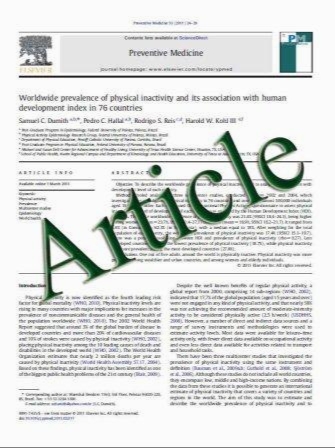Clinical potential of the mTOR targets S6K1 and S6K2 in breast cancer
- نوع فایل : کتاب
- زبان : انگلیسی
- مؤلف : Gizeh Pe´rez-Tenorio Elin Karlsson Marie Ahnstro¨m Waltersson Birgit Olsson Birgitta Holmlund Bo Nordenskjo¨ld Tommy Fornander Lambert S
- چاپ و سال / کشور: 2010
Description
The mammalian target of rapamycin (mTOR) and its substrates S6K1 and S6K2 regulate cell growth, proliferation, and metabolism through translational control. RPS6KB1 (S6K1) and RPS6KB2 (S6K2) are situated in the commonly amplified 17q21–23 and 11q13 regions. S6K1 amplification and protein overexpression have earlier been associated with a worse outcome in breast cancer, but information regarding S6K2 is scarce. The aim of this study was to evaluate the prognostic and treatment predictive relevance of S6K1/S6K2 gene amplification, as well as S6K2 protein expression in breast cancer. S6K1/S6K2 gene copy number was determined by real-time PCR in 207 stage II breast tumors and S6K2 protein expression was investigated by immunohistochemistry in 792 node-negative breast cancers. S6K1 amplification/gain was detected in 10.7%/21.4% and S6K2 amplification/gain in 4.3%/21.3% of the tumors. S6K2 protein was detected in the nucleus (38%) and cytoplasm (76%) of the tumor cells. S6K1 amplification was significantly associated with HER2 gene amplification and protein expression. S6K2 amplification correlated significantly with high S6K2 mRNA levels, ER? status and CCND1 amplification. S6K1 and S6K2 gene amplification was associated with a worse prognosis independent of HER2 and CCND1. S6K2 gain and nuclear S6K2 expression was related to an improved benefit from tamoxifen among patients with ER?, respectively ER?/ PgR? tumors. In the ER?/PgR- subgroup, nuclear S6K2 rather indicated decreased tamoxifen responsiveness. S6K1 amplification predicted reduced benefit from radiotherapy. This is the first study showing that S6K2 amplification and overexpression, like S6K1 amplification, have prognostic and treatment predictive significance in breast cancer.
Breast Cancer Res Treat (2011) 128:713–723 DOI 10.1007/s10549-010-1058-x Received: 25 March 2010 / Accepted: 8 July 2010 / Published online: 16 October 2010 Springer Science+Business Media, LLC. 2010


